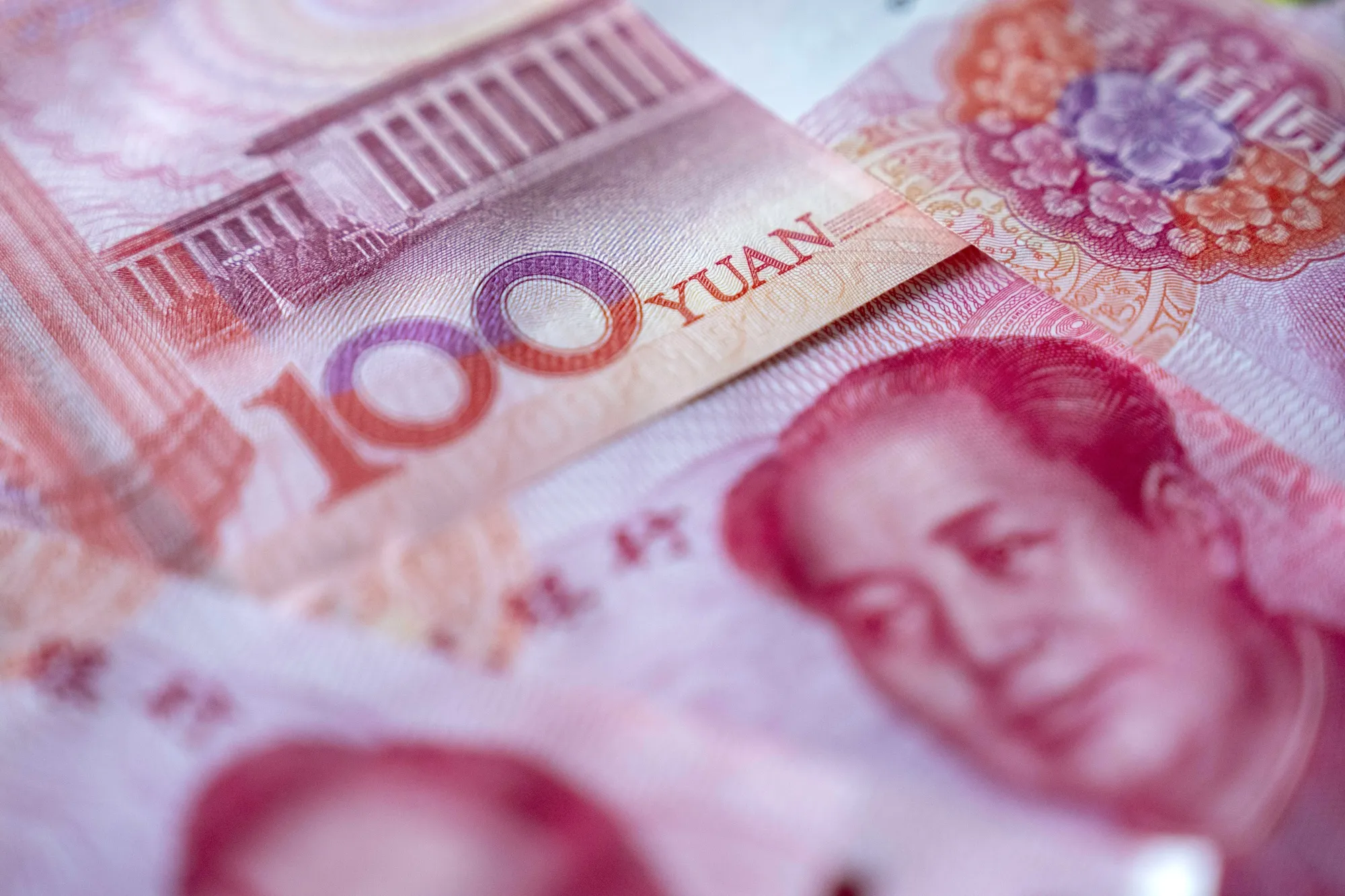Yuan Support From PBOC Lower Than Projected: Implications For Markets

Table of Contents
Reasons for Underwhelming PBOC Yuan Support
The PBOC's less-than-anticipated intervention to support the Yuan stems from a confluence of factors impacting its ability and willingness to intervene.
Reduced Foreign Exchange Reserves
- Decreased reserves: China's foreign exchange reserves have been dwindling in recent years, limiting the PBOC's capacity for large-scale currency interventions. The depletion is partly due to increased capital outflows and a need to manage trade imbalances.
- Impact on intervention capacity: Reduced reserves directly constrain the PBOC's ability to effectively prop up the Yuan against significant downward pressure. The scale of intervention is now more limited than previously anticipated.
- Implications for future support: The shrinking reserves raise questions about the sustainability of future Yuan support, especially if external pressures intensify. This uncertainty adds to market volatility.
Shifting Economic Priorities
- Growth vs. currency stability: The PBOC is currently navigating a delicate balancing act between supporting economic growth and maintaining currency stability. Stimulating economic activity might necessitate measures that indirectly weaken the Yuan.
- Trade-offs faced by the PBOC: The PBOC faces difficult choices. Aggressive Yuan support might hamper economic growth, while prioritizing growth could lead to further Yuan depreciation. This complex trade-off influences their intervention strategy.
- Impact of domestic economic factors: Domestic economic conditions, such as inflation and employment rates, also play a critical role in shaping the PBOC's approach to currency management. Addressing domestic concerns might overshadow immediate concerns about the Yuan's exchange rate.
Global Market Uncertainty
- Geopolitical risks: Escalating geopolitical tensions and uncertainties in the global landscape significantly impact capital flows and investor sentiment, influencing the Yuan's value.
- Global inflation: High global inflation rates and rising interest rates in major economies affect investor confidence and capital flows, putting pressure on emerging market currencies like the Yuan.
- Impact on capital flows and Yuan demand: Global uncertainty contributes to capital flight from emerging markets, reducing demand for the Yuan and increasing downward pressure on its exchange rate.
Impact on Various Markets
The subdued PBOC Yuan support has significant repercussions across various markets.
Impact on Chinese Exports
- Price competitiveness: A weaker Yuan, resulting from reduced PBOC support, can initially enhance the price competitiveness of Chinese exports in international markets.
- Export volumes: However, sustained depreciation could also lead to retaliatory measures from trading partners, potentially offsetting the benefits of increased competitiveness.
- Impact on trade balance: The net effect on the Chinese trade balance is complex and depends on the interplay between price competitiveness, demand elasticity, and potential trade disputes.
Impact on Foreign Investment
- Capital outflow: Reduced Yuan support can trigger capital flight as investors seek safer havens for their investments. This outflow can negatively impact the Chinese economy.
- Attractiveness of Chinese assets: A weaker Yuan might make Chinese assets less attractive to foreign investors, potentially reducing foreign direct investment (FDI) and portfolio investment.
- Investor sentiment: The uncertainty surrounding the Yuan's future trajectory negatively impacts investor sentiment, making them more cautious about investments in China.
Impact on Global Currency Markets
- Correlation with USD, EUR, JPY: Changes in the Yuan's value invariably affect other major currencies, causing ripple effects across global exchange rate markets.
- Volatility in global markets: The uncertainty surrounding the PBOC's future actions contributes to increased volatility in global currency markets, impacting international trade and investment.
Potential Future Scenarios and Outlook
Several potential scenarios could unfold regarding the PBOC's future approach to Yuan support.
Continued Moderate Intervention
- Gradual adjustment: The PBOC might continue its measured approach, allowing for a gradual adjustment of the Yuan's exchange rate based on market forces and economic fundamentals.
- Managed depreciation: A strategy of managed depreciation, where the PBOC intervenes only to prevent sharp and disruptive fluctuations, could be adopted.
- Focus on economic fundamentals: The emphasis might shift towards addressing underlying economic issues rather than solely focusing on maintaining a specific Yuan exchange rate.
More Aggressive Intervention
- Conditions triggering more significant intervention: If the Yuan depreciates sharply or destabilizing capital outflows intensify, the PBOC might resort to more aggressive intervention.
- Potential policy tools: This could involve deploying a wider range of policy tools, including adjusting interest rates, reserve requirements, and capital controls.
Allowing for Market-Driven Depreciation
- Advantages and disadvantages: Allowing the Yuan to depreciate further based solely on market forces might offer advantages like reduced intervention costs and improved market efficiency, but it also carries the risk of higher volatility and potential economic disruption.
- Implications for economic policy: This approach would necessitate a reassessment of economic policies to mitigate the negative consequences of a weaker Yuan.
Conclusion
The PBOC's underwhelming Yuan support reflects a complex interplay of dwindling foreign exchange reserves, shifting economic priorities, and global market uncertainty. This situation has broad implications for Chinese exports, foreign investment, and global currency markets. The future trajectory of the Yuan remains uncertain, with potential scenarios ranging from continued moderate intervention to a more market-driven depreciation. Continued monitoring of the PBOC's policy decisions and global economic conditions is crucial.
Call to Action: Stay informed about the evolving situation regarding Yuan support and the PBOC’s policy decisions. Understanding the dynamics of Yuan support is crucial for investors and businesses operating within or engaging with the Chinese market. Monitor updates on PBOC interventions and Chinese Yuan exchange rates to make informed decisions. Continue to research the impact of currency intervention on global markets.

Featured Posts
-
 Sensex Rally These Stocks Jumped Over 10 Today
May 15, 2025
Sensex Rally These Stocks Jumped Over 10 Today
May 15, 2025 -
 31
May 15, 2025
31
May 15, 2025 -
 Muncy Makes Oakland As Roster Starts At Second
May 15, 2025
Muncy Makes Oakland As Roster Starts At Second
May 15, 2025 -
 Bvg Tarifkonflikt Geloest Endgueltige Einigung Verhindert Streiks
May 15, 2025
Bvg Tarifkonflikt Geloest Endgueltige Einigung Verhindert Streiks
May 15, 2025 -
 Freddie Freeman And Shohei Ohtani Power Dodgers To Victory Over Marlins
May 15, 2025
Freddie Freeman And Shohei Ohtani Power Dodgers To Victory Over Marlins
May 15, 2025
